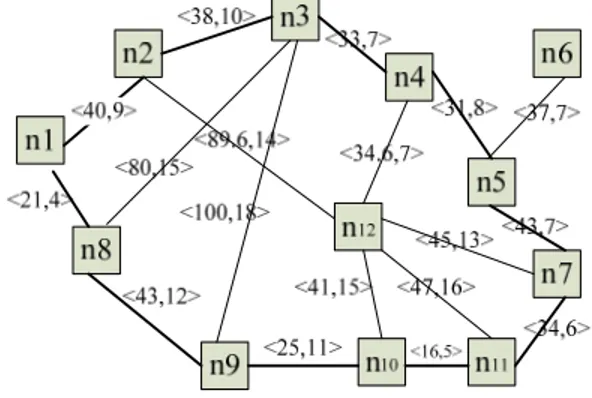An Ant-based approach to Power-Efficient Algorithm for Wireless Sensor Networks
Texto
Imagem

Documentos relacionados
As seen from the simulation results in LEACH R, transmissions to the base station (high energy), takes place only from the R nodes which are selected from
[4] Ataul Bari , Shamsul Wazed, Arunita Jaekel, Subir Bandyopadhyay,” A genetic algorithm based approach for energy efficient routing in two-tiered sensor networks”,in: School
W.. Genetic algorithm is an adaptive method that is generally employed in optimization problems. It is based on the genetic processes of biological organisms. GA upholds a
They provided an insight of optimization techniques including Ant Colony Optimization (ACO) algorithm, Harfmony Search Algorithm (HSA), Artificial Bee Colony (ABC)
Further the network lifetime, in terms of number of nodes dead after each simulation, of the proposed algorithm has greater span than the LEACH protocol, even on changing
We broadly classify these security schemes for sensor networks into static and dynamic keying based on whether the administrative keys (those used to establish communication
Each sensor collects data from the monitored area (such as temperature, sound, vibration, pressure, motion or pollutants) and then it routes data back to the base
In this paper, we have proposed a new technique to distribute the role of cluster head among some of the wireless sensor nodes based on their residual